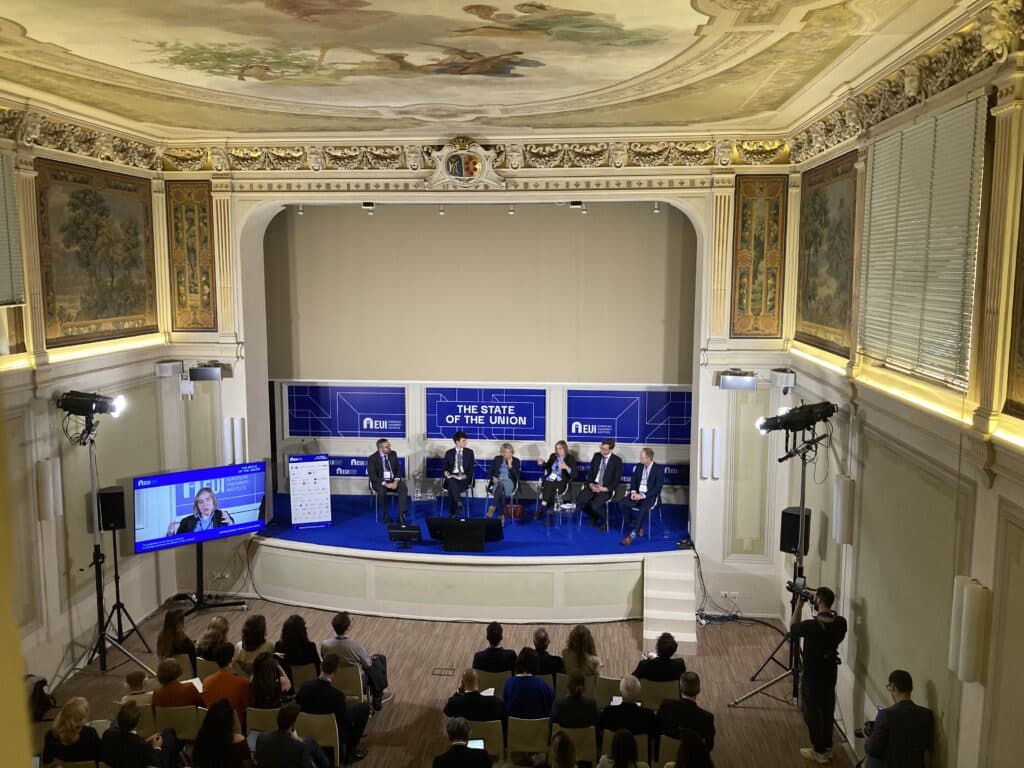Written by Leigh Hancher
Last week I discussed the recent CJEU ruling in Essent Belgium[1]. We saw that the Belgian system for promoting green energy got a red light because the Court held that there were other potential ways to promote green energy without infringing the Treaty rules on free movement and the basic principles of EU internal energy market legislation. The Court was not against national regulatory measures supporting the production of domestic green energy but it considered that the benefit that green electricity producers would get from free distribution over a network in a particular region such as Flanders was likely be too remote or indirect to act as any real incentive. The advantage of free grid access would be enjoyed by suppliers and not green energy producers.
So what did the Court suggest? In its view a system of green certificates would contribute ‘in a certain and effective’ way to increasing green energy production without undermining the rules of the internal energy market. This is an interesting observation for two reasons.
First the CJEU has already ruled on the legality of national green certificate schemes in July 2014 in a Swedish case[2], and second, the revision of the legal framework for promoting green energy is very topical. The 2014 case also concerned green electricity produced domestically and given priority access to the grid. Sweden required electricity suppliers to surrender green certificates, which Swedish producers of electricity obtained for production of green electricity. Foreign producers could obtain these certificates, and in this case a Finnish producer Aland was refused certificates for green electricity produced in Finland. Obviously this puts foreign producers at a competitive disadvantage, as Swedish producers can sell these certificates whereas foreign producers cannot. Although the Court ruled that this system was contrary to the Treaty rules on free movement of good, it was not disproportionate for the Swedish government to grant the green certificates to Swedish producers. The Court recalled that the mandatory national targets established by the RES Directive differentiated between Member States and so it endorsed the territorial nature of existing support schemes. In other words a judge made attempt to create a European –wide green certificate market can be ruled out.
The RES Directive of 2009 must updated to be ‘fit for purpose’ for delivering the new EU-wide RES target of at least 27% by 2030. As it is expected that some form of national governmental regulatory and/or support will still be required to meet the new EU-wide target the Court’s position on green certificate schemes could be highly relevant. After 2020 member states will not have to comply with national RES targets but are expected to contribute to EU- wide targets. This implies more regional if not EU-wide co-operation and it raises the issue of whether governments could or should use taxpayer’s money to support green energy production in another Member State. Some form of co-operation mechanism may well be more cost-effective – it might cheaper for a grey and rainy northern country to finance large-scale solar power projects in a warm and sunny climate. Suppliers in the grey and rainy country would be allowed to meet their national green energy quotas with solar power from the sunny country. Green certificate schemes would be open to non-domestic production and each country’s green certificates would be recognised as valid. Currently only Norway and Sweden have a common market for green certificates.[3]
The Commission launched a public consultation on the revision of the RES Directive last year and received over 600 responses. The replies confirm a broad consensus on the need for a stable and predictable EU legal framework for renewables, and the relevance of developing a market fit for renewables. At the same time stakeholders were divided on other issues, including the geographical scope of support schemes and the exposure of renewables to market conditions. EU action on renewable energy trading and green certificates, and a system of mutual recognition of certification between Member States was however identified as the key priority by a majority of stakeholders (83%). As we have seen in the Swedish case, the European judges will not endorse mutual recognition of green certificates. It will be up the European legislature to do so.
[1] Case C-492/14 Essent Belgium, 29 September 2016.
[2] C-573/1 Aland Vindkraft , 1 July 2014, C:2014: 2037.
[3] Although Norway plans to leave this marekt from 2020 onwards.






